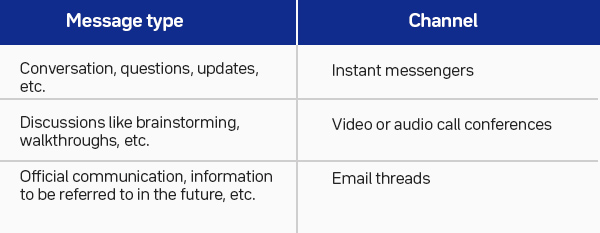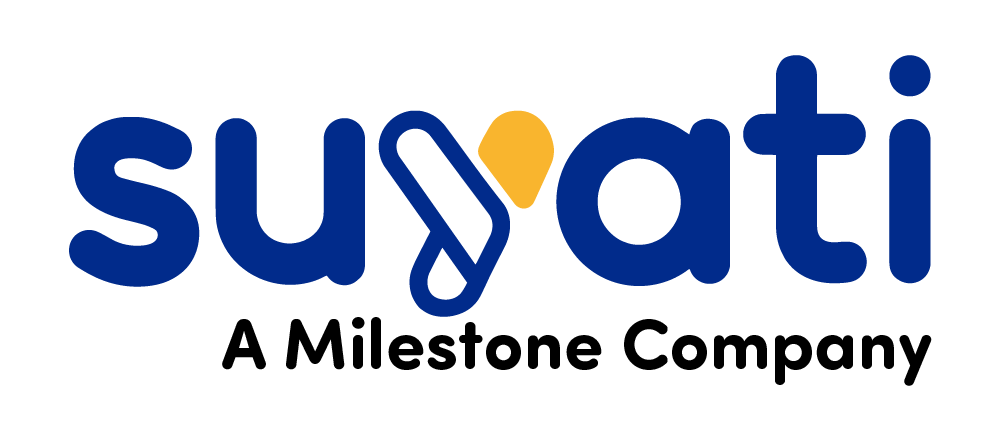It is rare to have all resources at hand when you are trying to scale new peaks in business success. More often than not, you may find your business to be short-staffed or lacking the talent needed to keep things moving forward. It is here that staff augmentation can help.
What is staff augmentation
Staff augmentation is to augment your resource capabilities by hiring resources to be part of your already existing in-house team. These resources could be engaged for the short-term for specific projects or for the long-term for serving strategic business purposes.
Staff augmentation is an IT outsourcing practice and is orchestrated with the help of staff augmentation vendors — more like third-party agencies who have a ready talent pool to hire resources from.
The involvement of these vendors ensures that your business is spared the need to maintain the resources as full-time resources on the payroll. This saves time, money, and also a lot of effort otherwise required for maintaining in-house personnel.
Additionally, it also opens up access to a geographically scattered talent pool that can bring world-class skills and expertise to the table at minimal costs. Think of staff augmentation as a mechanism that can build an extended team without its associated costs.
Staff augmentation can be a game-changer for businesses during stressful times when hiring new resources can be difficult. It helps maintain the momentum without letting the lack of resources stall the project’s progress.
Infographic : In-house Vs Remote Vs Dedicated Team Model: Which Model Suits Your Business?
Benefits of staff augmentation
For small, mid-range, and large scale enterprises, staff augmentation offers benefits that can solve most of the challenges that they are facing.
- To begin with, it accelerates talent acquisition. It is easier to bring new talent on board with staff augmentation than with traditional hiring practices.
- Secondly, it does not bring with it the commitments, statutory compliances, and similar formalities applicable for permanent employees.
- Staff augmentation is extremely flexible — it can be upscaled and downscaled easily according to business needs.
- It is cost-effective since staff augmentation spares the business from having to invest in the IT infrastructure and physical premises required for managing the employees.
However, to make staff augmentation yield RoI in the positive and in multiples, it is necessary to follow some best practices:
Set expectations right from the beginning
One of the common challenges of IT outsourcing is that the vendor and the resources do not always clearly understand what is expected out of them. This leads to multiple meetings and revisions which drags the project for too long.
If expectations are set right in the beginning, it creates a two-way communication channel for both sides to exchange ideas, review progress, and also take corrective measures when required. In other words, it accelerates the pace at which work milestones get completed.
Setting expectations at work, be it for an in-house team or an outsourced team, is no easy task. It cannot be done over a quick chat or an email. There is a process of setting expectations when you intend to use staff augmentation.
- Set them down in clear language
- Provide the reasoning behind the expectation
- Communicate the expectations for each role
- Get buy-in and commitment
Set them down in clear language
Corporate jargon, acronyms, and metaphors can be so enticing to use in a corporate setting. It is common to see CEOs use phrases like “scale peaks”, “whale hunting”, etc. regularly. However, such phrases can set the wrong expectation with an external stakeholder.
They need to understand in specific terms and metrics what is expected of them. The expectation should ideally be in specific results to be achieved within a said timeline. This will lead to a productive discussion on the possibilities and challenges.
Provide the reasoning behind the expectation
Setting blind targets can be disorienting for any resource committed to the task. They must understand how expectations tie back to bigger goals that the organization is chasing as a whole. This will help them make contextual plans that will maximize their productivity.
Communicate the expectations for each role
Staff augmentation usually brings a team of experts from an external agency or organization. The team will consist of several layers of experts with diverse skillsets and expertise. It is necessary to lay down expectations for each role and level with clarity. Failing to do this will lead to unnecessary confusion in roles and responsibilities. In a remote setup, this could defeat the whole purpose of staff augmentation.
Get buy-in and commitment
Once the expectations are communicated and documented, it is necessary to get buy-in and commitment from the relevant stakeholders. Buy-in and commitment refer to the agreement that the expectations will be met in the stipulated timeline and within the said budget, if any.
READ : How to Find the Right Offshore Development Team to Partner with?
Set up communication platforms and etiquette
Proper communication will form the bedrock upon which successful staff augmentation will be implemented. Without proper communication, there will be reiterations of tasks and lack of clarity in every step that the team takes.
Needless to say, having solid communication is necessary right from the beginning. This involves creating awareness about the communication channels used, specific tools and their utilities, the ideal channel to be used for a message, and so on.
For example, look at the below-mentioned matrix which details an overall communication plan and etiquette that can bring some order to your staff.

Additionally, proper etiquette can also be laid down for each channel — like when to send an IM, how to include personnel in an email, setting up calendar invites for conferences, etc.
These little habits will go a long way in cementing a proper communication system with in-house and external stakeholders.
Of course, staff augmentation also requires you to set up the proper tools for the staff to deliver work as promised. Some of the much-needed tools are:
- Task and project management tools: Trello, Jira, Microsoft Planner.
- Messenger tools – Slack, Google Chat, Telegram
- Video conferencing tool – Skype, Zoom, Hangouts, Slack
- Continuous integration tool – Jenkins, CircleCI, TeamCity
- Source code repository – GitLab, Github, Bitbucket
Establish a reporting and escalation matrix
In every form of outsourcing, things stray from the plan. This may not be intentional, but could also be influenced by inevitable factors. When such things happen, there should be a mechanism through which normalcy can be restored. In most corporations, a reporting matrix or an escalation matrix takes care of it.
A reporting matrix and an escalation matrix are not the same. A reporting matrix is an organizational structure in which the person will report to their managers. An escalation matrix, on the other hand, is the roadmap to be followed when things deviate from the standard protocol. For example, a customer complaint, a bug in a live application, a business threat on the horizon, etc.
READ : Tips for Successful Outsourcing
Putting a reporting and escalation matrix in place will ensure that your business does not inflict any damage by choosing staff augmentation. Instead, it is in a position to thwart any mishap that could happen due to unavoidable factors.
Standardize performance measurement
As explained in the beginning, staff augmentation involves third-party personnel in your day-to-day business affairs. There are two potential downsides to this. First, the external personnel may not have as much as a commitment to the cause as internal team members. Secondly, it is difficult to gauge the measurement of third-party personnel when they are not working along with the team in an actual office environment.
Under these circumstances, it is necessary to put in place a proper performance measurement process. The process will determine how frequently and in what terms the performance of the third-party personnel will be reviewed. Although the performance review will not have any influence on the payment terms, it does help keep a check on the deliverable terms agreed to by the staffing vendor and the individual personnel. Furthermore, it will also help re-visit the expectations and determine whether they are being met or not.
READ : Scaling to the ‘New Normal’
Bringing it all together
Staff augmentation offers the missing piece in your organization’s outsourcing efforts. It gives access to the right talent at nominal costs that will help your business achieve results.
However, staff augmentation is not going to work in your favor if proper processes are not in place. The business must establish best practices to get the most out of staff augmentation. It begins setting clear expectations with the staffing vendor and also with individual contributors.
Secondly, the external staff must be provided with the necessary tools to work, collaborate, and report deliverables. While you need not provide the infrastructure or the hardware, if your organization has a stringent IT security policy, it should be offered.
Despite best efforts, things can go wary with staff augmentation. In such instances, a reporting matrix and an escalation matrix can come in handy. It helps pin responsibilities to specific personnel who can handle the issues and offer a solution.
Finally, it is necessary to put in place a process of performance management so that the staffing vendor can be held accountable for delivering results as agreed.

